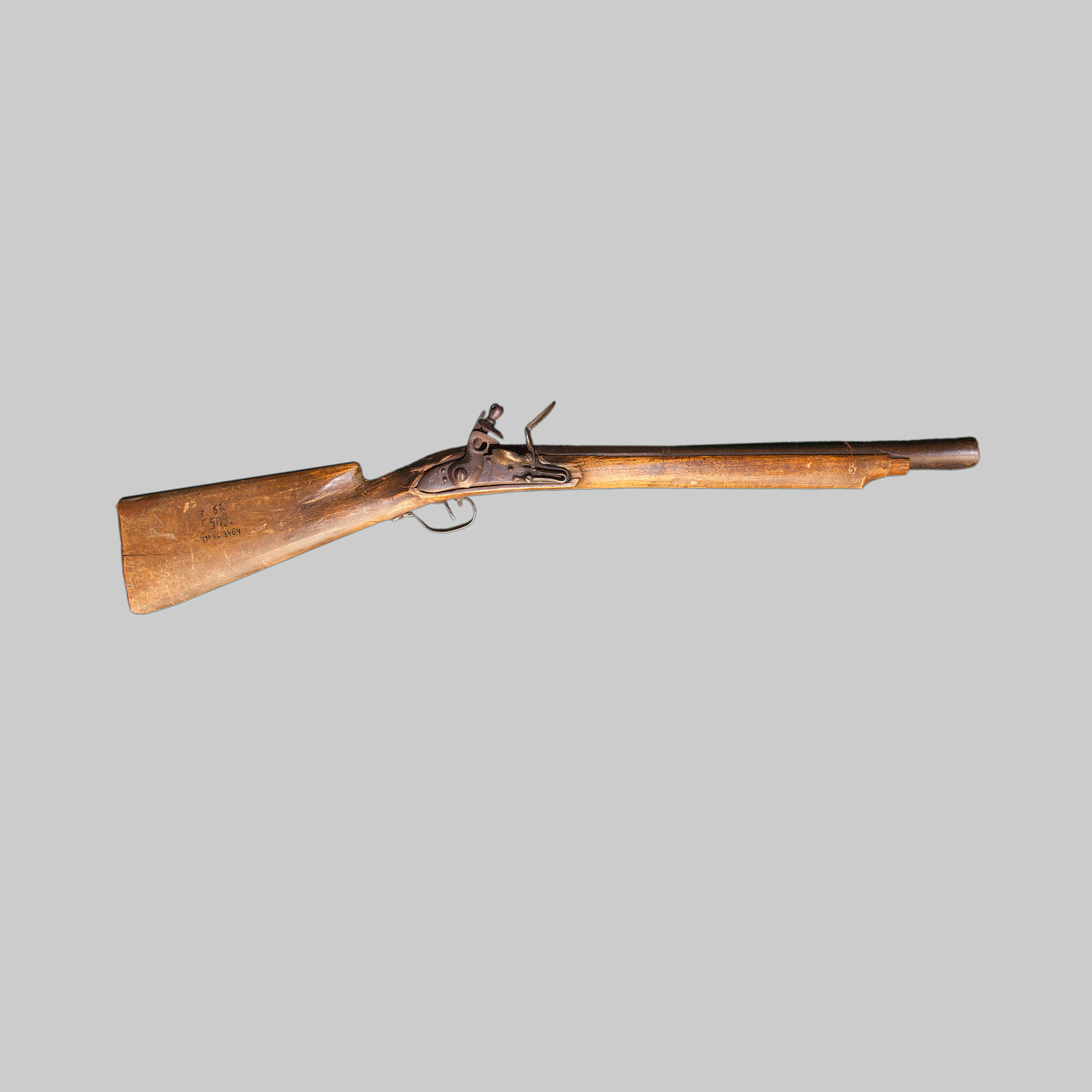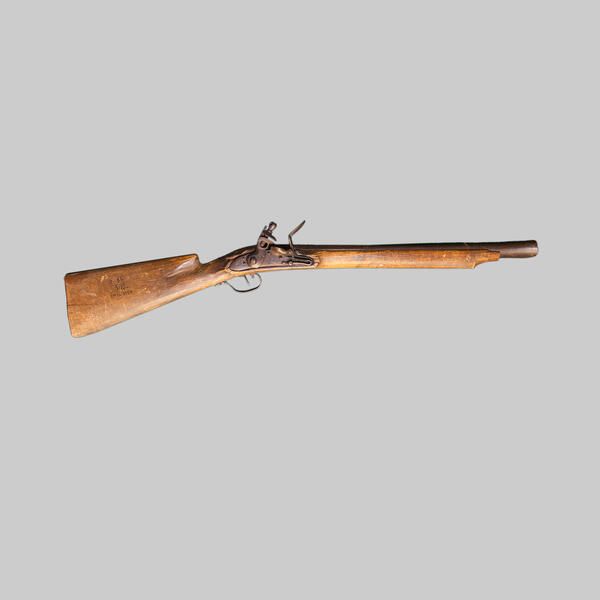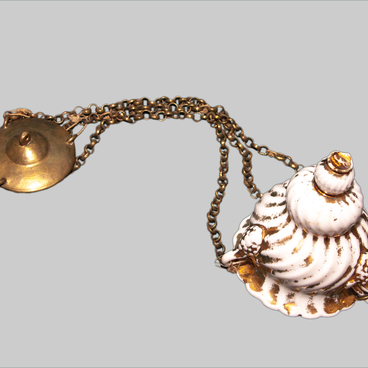The blunderbuss is a historical cavalry gun. Its muzzle ends with a bell – shaped bell. Unlike a musket, a blunderbuss has a short barrel, which makes it seem lighter. The peculiar device of the barrel allowed loading a gun with small buckshot or chopped pieces of lead. It was believed that the shaped bell helps to increase the spread of buckshot and, accordingly, the area of damage. All this compensated for the low accuracy of the weapon. The blunderbuss was very popular, because you could hit the target from a short distance, even if you were shooting on the move, with a horse galloping at full speed.
In Russia, blunderbusses appeared around the middle of the 17th century and were originally called ‘scatter-shots’ or ‘shotguns’. Since the 18th century, it was assigned the name ‘blunderbuss.’ The gun was used both in the navy and in the cavalry. The blunderbuss was among the weapons of the soldiers during the Patriotic war of 1812, and was manufactured in a slightly improved form until 1814 inclusive.
The blunderbuss, presented in the exposition of the Tobolsk Museum Reserve, has a flint lock with an iron pan of the French battery type installed. This design of the lock appeared in 1610 thanks to the French gunsmith Marin Le Bourgeois from Lisieux, Normandy. When preparing to shoot, the shooter had to first load the weapon, that is, fill up the powder, hammer the plug and bullet into the barrel. Next, the shooter placed the hammer at safety, opened the pan cover, cleaned the fire hole if necessary, and poured a small amount of gunpowder on the pan, after which the hammer was ready to fire. Since such a weapon was designed to shoot at close range with buckshot or large shot almost at point-blank range, there is no rear sight or foresight on its barrel. For the belt, there are two attachment devices-swivel base: one-under the butt, the other on the front of the club, in the form of a bracket rotating on a cross screw. On the lock sheet of the blunderbuss, there is a stamp of military acceptance formed by two letters ‘NS’, as well as the name of the manufacturer: ‘Sestroretsk’ and the year of issue ‘1814’.
In Russia, blunderbusses appeared around the middle of the 17th century and were originally called ‘scatter-shots’ or ‘shotguns’. Since the 18th century, it was assigned the name ‘blunderbuss.’ The gun was used both in the navy and in the cavalry. The blunderbuss was among the weapons of the soldiers during the Patriotic war of 1812, and was manufactured in a slightly improved form until 1814 inclusive.
The blunderbuss, presented in the exposition of the Tobolsk Museum Reserve, has a flint lock with an iron pan of the French battery type installed. This design of the lock appeared in 1610 thanks to the French gunsmith Marin Le Bourgeois from Lisieux, Normandy. When preparing to shoot, the shooter had to first load the weapon, that is, fill up the powder, hammer the plug and bullet into the barrel. Next, the shooter placed the hammer at safety, opened the pan cover, cleaned the fire hole if necessary, and poured a small amount of gunpowder on the pan, after which the hammer was ready to fire. Since such a weapon was designed to shoot at close range with buckshot or large shot almost at point-blank range, there is no rear sight or foresight on its barrel. For the belt, there are two attachment devices-swivel base: one-under the butt, the other on the front of the club, in the form of a bracket rotating on a cross screw. On the lock sheet of the blunderbuss, there is a stamp of military acceptance formed by two letters ‘NS’, as well as the name of the manufacturer: ‘Sestroretsk’ and the year of issue ‘1814’.



